Phonics is proven to be the best method to teach reading.
The same teaching methods are used for students with learning disabilities/challenges and for those who catch on more quickly.
Daily lessons include repetition of skills to link proper speech sounds to their letter representations, while teaching correct letter formation, decoding skills (reading) and encoding skills (spelling).
Use the amount of repetition needed in order to build foundational reading skills and solidify the neural pathways that make reading automatic – this can range from 1-4 CORRECT repetitions for a “gifted reader” to 200+ for a child with a language-based learning issue.
Sample “Scope and Sequence” for beginning reading skills (your phonics curriculum will have its own); some are practiced concurrently:
- Phonemic awareness: letter sounds, phonemes
- Differentiate consonants (‘C’) and vowels (‘V’); blend C-V and V-C sounds together
- Decode and encode CVC words (consonant-vowel-consonant)
- Phonological awareness: hear and manipulate units of sound in spoken words (syllables, onset, rime, phonemes)
- Digraphs: 2 letters making one sound (incl. ff, ll, ss, zz at end)
- Consonant blends, at beginning and end of words
Multi-sensory materials and methods should be utilized systematically to practice reading and spelling skills, especially when a child struggles or is young. Examples:
- Phonogram cards
- Reading words, phrases, and sentences using the new skill, then transitioning to very decodable stories
- Clay that can be shaped into letters, while practicing sounds
- Sand trays for drawing letters (e.g. an 11×13″ metal cookie sheet with a bumpy bottom, filled with a thin layer of sand)
- Shaving cream
- Magnetic phonogram/letter tiles
- Finger-Spelling: child uses fingers of non-writing hand to tap out the sounds in a syllable, using fingers one at a time in left-to-right order
- Finger-Tapping: child uses fist (or all fingers together) to tap out the syllables in a word
Phonics Curriculum Options
- Teach Your Child to Read in 100 Easy Lessons, Engelmann
- All About Reading
- Primary Arts of Language, Institute for Excellence in Writing
- Sound Beginnings, Fogassy
- Little Stories for Little Folks, Catholic Heritage Curricula
- Handbook for Reading, Abeka
- Word Mastery: A Course in Phonics for the First Three Grades (1913)
- McGuffey’s Eclectic Primer (available in print or online)
- Phonics Materials, Decodable Books and Readers
Phonics Materials, Decodable Books and Readers
- Sight words
- Orton-Gillingham word lists, decodable stories and games from Teachers Pay Teachers (search The Literacy Nest and The Dyslexia Classroom)
- Flyleaf Publishing: decodable books available in print and free to read online
- “I Can Read” books of different levels
- McGuffey’s Eclectic Readers 1-6, available in print or as free ebooks
- Faith and Freedom Readers
Detailed Scope and Sequence (examples for reference)
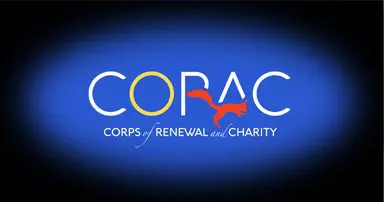


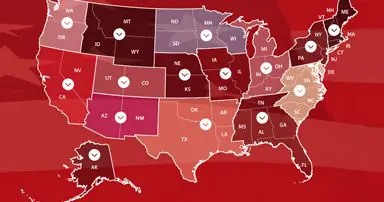


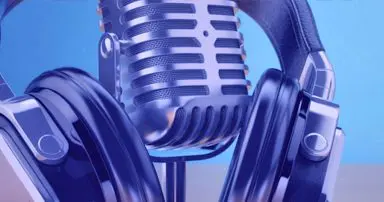
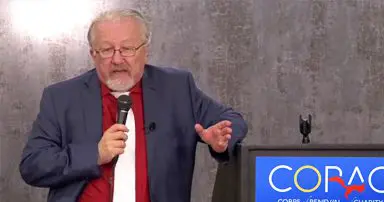
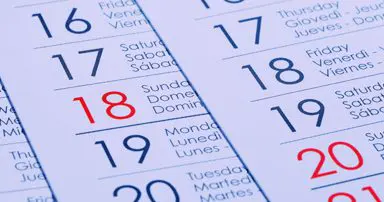
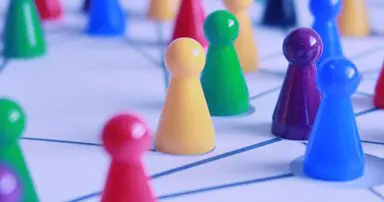
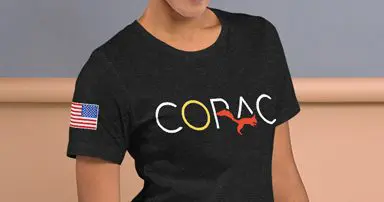





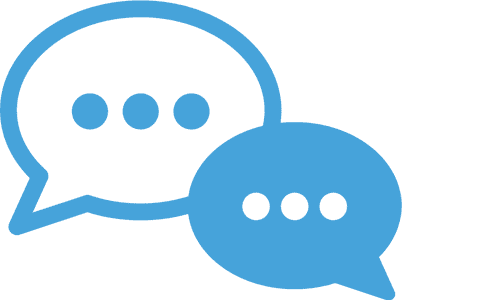
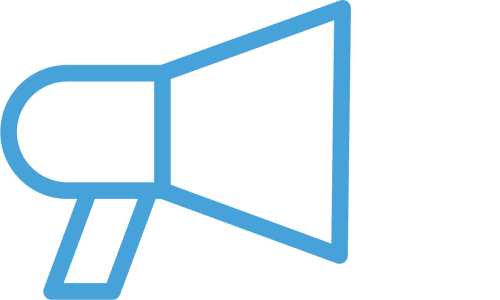

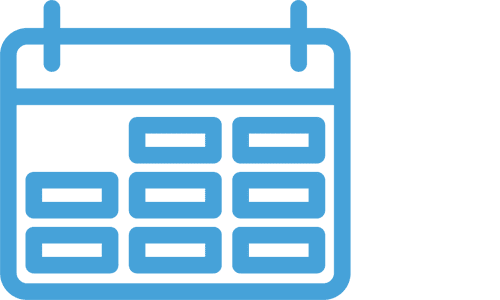





0 Comments